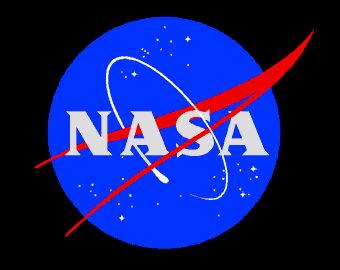ROUNDUP: NASA's carbon dioxide satellite fails at launch
 Los Angeles - A NASA satellite meant to help scientists get a clearer picture of how the Earth reacts to carbon dioxide failed to reach orbit after launching early Tuesday from an Air Force base in California, NASA said.
Los Angeles - A NASA satellite meant to help scientists get a clearer picture of how the Earth reacts to carbon dioxide failed to reach orbit after launching early Tuesday from an Air Force base in California, NASA said.
The 278-million-dollar Orbiting Carbon Observatory was meant to take about 8 million measurements every 16 days for the next two years to give researchers a clearer picture of how the carbon cycle affects climate and how net emissions vary by region.
According to NASA, the satellite launched as scheduled on a four stage Taurus XL rocket from the Vandenberg Air Force Base in California. But three minutes into the flight, the clamshell section protecting the satellite during the launch process failed to separate as planned. Because of the added weight the satellite did not reach orbit and plunged back into the Pacific Ocean close to Antarctica.
"It's a huge disappointment for the entire team who have worked very hard for years and years and years," NASA Launch Director Chuck Dovale said in a press briefing. "Even when you do your very best, you can still fail."
The satellite had been designed to measure carbon-dioxide sources and so-called "sinks" that pull the gas from the atmosphere.
Scientists know that only about 40 per cent of the CO2 released since the Industrial Revolution remains in the atmosphere. They can only account for the absorption of another 30 per cent, leaving questions about what happened to the 30 per cent.
More complete measurements from the observatory should have given them a better picture of where the carbon dioxide is being stored and how it changes over time. It was also meant to account for the uneven absorption of the gas from year-to-year, which does not correspond consistently with how much is released each year.
"It's critical that we understand the processes controlling carbon dioxide in our atmosphere today so we can predict how fast it will build up in the future and how quickly we'll have to adapt to climate change caused by carbon-dioxide buildup," scientist David Crisp said ahead of the launch.
Previous measurements of carbon dioxide have relied heavily on Earth-based observations and occasional images from aircraft. (dpa)